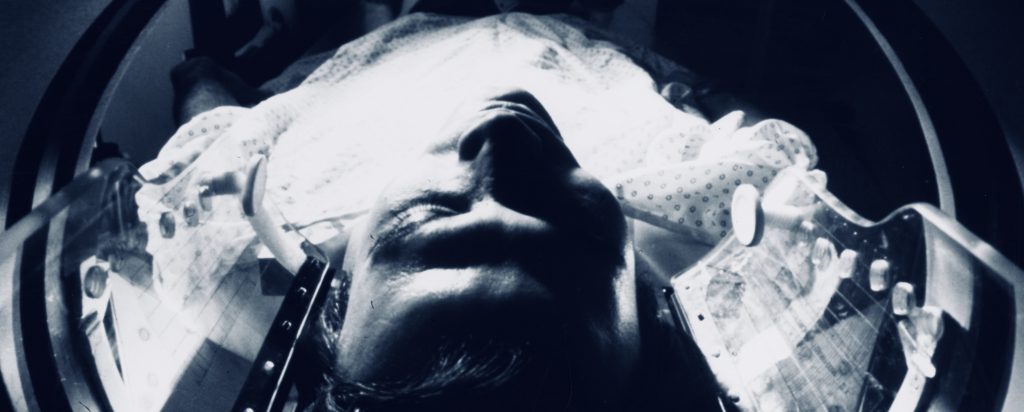
If patients don’t use the patient portal, then portals don’t work and patients aren’t interested in connecting with their own information. The EHR, of course, is the poster child for technology’s failure in health care.
But is the idea of a digital space for a patient’s medical information really a failed concept? And do patients really not want in? Probably not.
Reasons for the apparent failure of technology in medicine
Here’s why medical technology may sometimes look like a fail:
Design. Sometimes things need to be adjusted, redesigned or reimagined.
Expectations. We have come to expect things to just work. And anything else is seen as failure. Jaron Lanier in Who Owns the Future wrote, “Technological progress inevitably inspires demands for greater benefits than it has delivered at a given time.”
Time. It may not be the technology or its design, but us. We need to overcome the health technology outcomes gap.
Failure to accept a trade-off. With every advantage a new technology offers, there is always a corresponding disadvantage.
Nostalgic bias. And despite how well designed the technology and accustomed the user, we don’t want to accept the trade-off. We like the gravitational pull to the past.
Technology and physicians shape each other
The first iteration of any medical technology will rarely get it right. And our first time with any given tool will be difficult despite of how right it may be. John Seely Brown wrote that ‘technological and social systems shape each other.’ The failure to allow ourselves to be shaped even a little bit can create the temptation to throw in the towel.
Technology is not static. Going forward, medicine will be supported by tools undergoing rapid iteration. If we’re not prepared for that we’re in for a rough ride.
Links to Amazon are affiliate links. Image is via the U.S. National Library of Medicine.